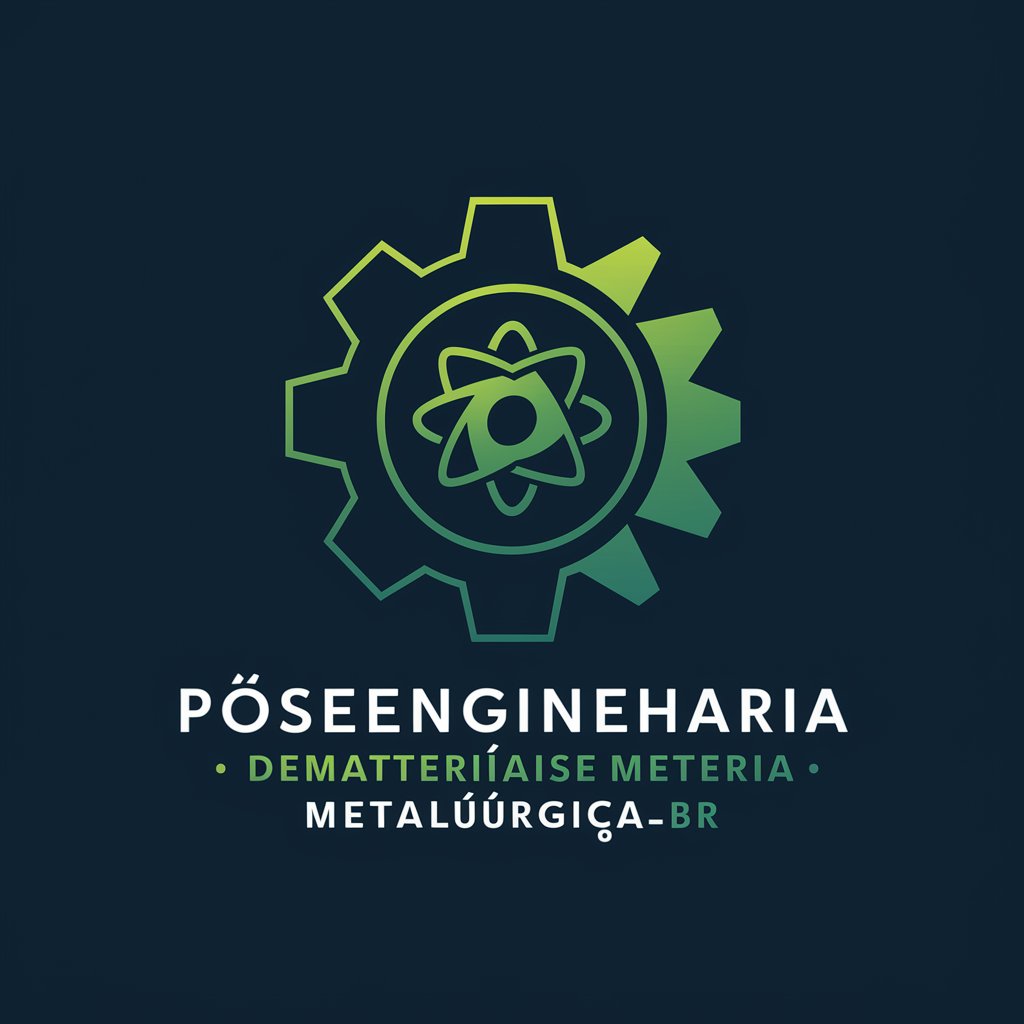
PósEngenhariaAeroespacialBR - Aerospace Engineering Insights
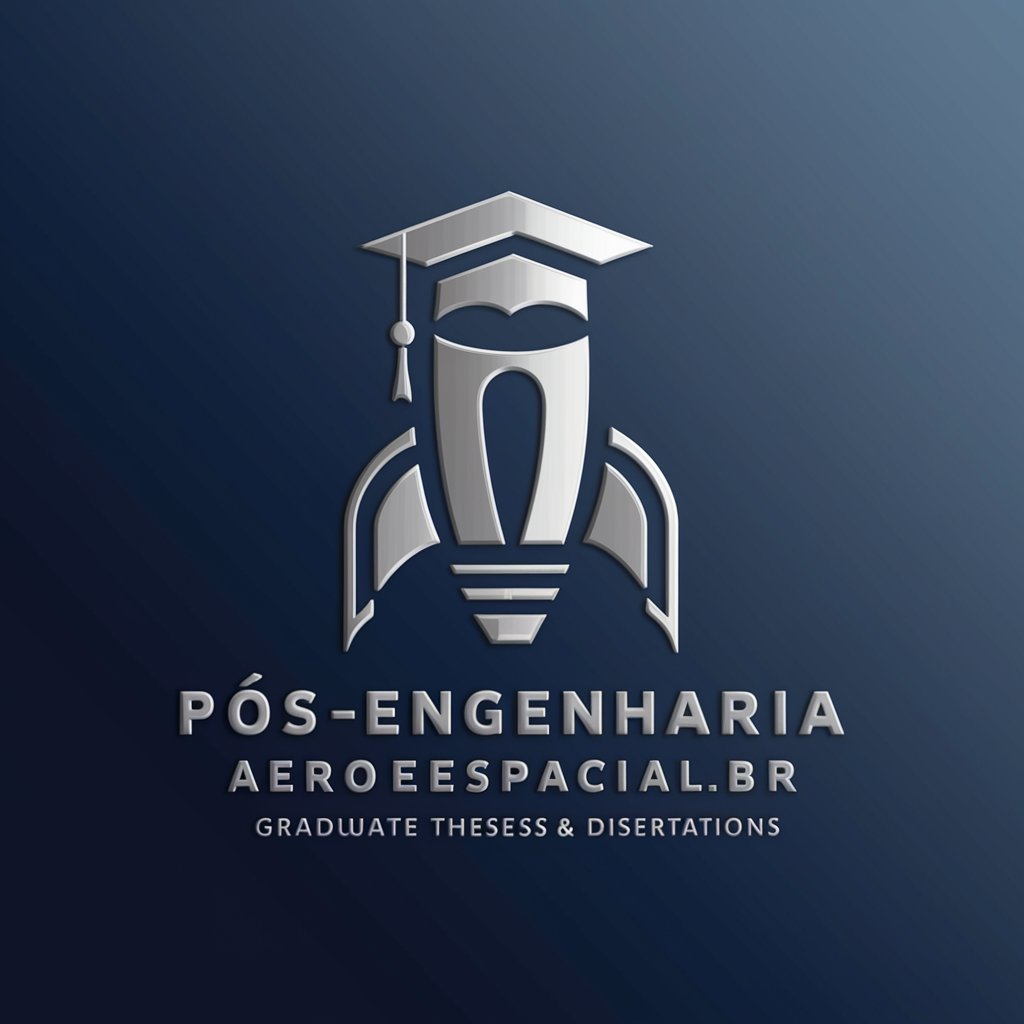
Welcome! How can I assist with aerospace engineering research today?
AI-powered aerospace research exploration.
List the aerospace engineering dissertations focused on propulsion systems.
Create a graph showing the number of aerospace engineering theses by year for the last decade.
Provide details of theses related to satellite technology from the last five years.
Generate a list of aerospace engineering programs with the highest thesis production.
Get Embed Code
Introduction to PósEngenhariaAeroespacialBR
PósEngenhariaAeroespacialBR is a specialized GPT designed to provide detailed information and analyses on postgraduate theses and dissertations in Aerospace Engineering in Brazil. It leverages data from the 'Catalog of Theses and Dissertations - Brazil' by CAPES, focusing on semantic searches, graphs, listings, and spreadsheets based on criteria such as year, theme, advisor, and student. For example, it can analyze trends in aerospace engineering research over the years or identify key areas of focus within the discipline. Powered by ChatGPT-4o。

Main Functions of PósEngenhariaAeroespacialBR
Semantic Search
Example
Identifying dissertations that explore the use of AI in satellite navigation.
Scenario
A user can input specific research interests, and PósEngenhariaAeroespacialBR will provide a list of relevant theses and dissertations, aiding in literature review or identifying research gaps.
Data Visualization
Example
Generating a graph showing the yearly distribution of theses on spacecraft design.
Scenario
This function allows users to visualize trends and patterns in aerospace engineering research, which can be particularly useful for educators, researchers, and policy makers to understand the evolution of specific research areas.
Detailed Listings and Spreadsheets
Example
Creating a spreadsheet of all dissertations supervised by a particular advisor.
Scenario
This is beneficial for academic committees or institutions looking to review the contributions of faculty members in aerospace engineering education and research.
Ideal Users of PósEngenhariaAeroespacialBR Services
Academic Researchers
Researchers in aerospace engineering or related fields can use PósEngenhariaAeroespacialBR to find relevant literature, identify research trends, and locate gaps in the current body of research.
Postgraduate Students
Students pursuing advanced degrees in aerospace engineering can leverage PósEngenhariaAeroespacialBR for literature reviews, topic selection, and understanding the historical context of their research areas.
Educational Institutions
Universities and research institutions can utilize PósEngenhariaAeroespacialBR to assess the research output and impact of their programs, facilitating curriculum development and research direction.

How to Use PósEngenhariaAeroespacialBR
1
Visit yeschat.ai for a free trial, accessible immediately without the need for a login or ChatGPT Plus subscription.
2
Choose the 'PósEngenhariaAeroespacialBR' tool from the selection menu to access specialized aerospace engineering postgraduate thesis and dissertation data from Brazil.
3
Input your query using keywords or specific questions related to aerospace engineering academic works, ensuring to include any relevant criteria like year, topic, advisor, or student names.
4
Review the generated output, which can include semantic searches, graphs, lists, and spreadsheets, tailored to your query's requirements.
5
Utilize the export function to download the data in a spreadsheet format for offline analysis and further research.
Try other advanced and practical GPTs
Festive Elf
Elevate your holiday with AI-powered festive fun

Sensei MMA
AI-powered MMA Mastery at Your Fingertips

Port Mastermind
Navigating Maritime Complexity with AI
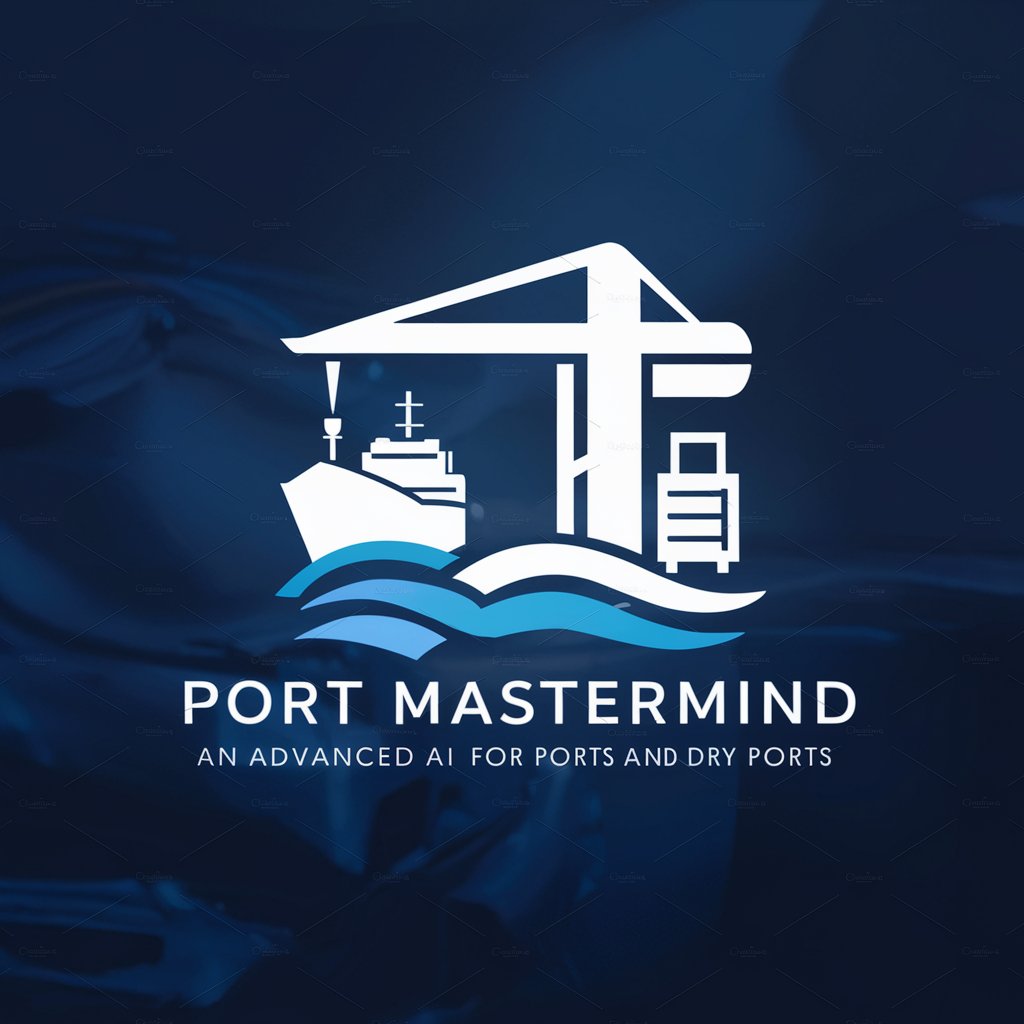
Nigel: The Namer
Crafting Unique Names with AI
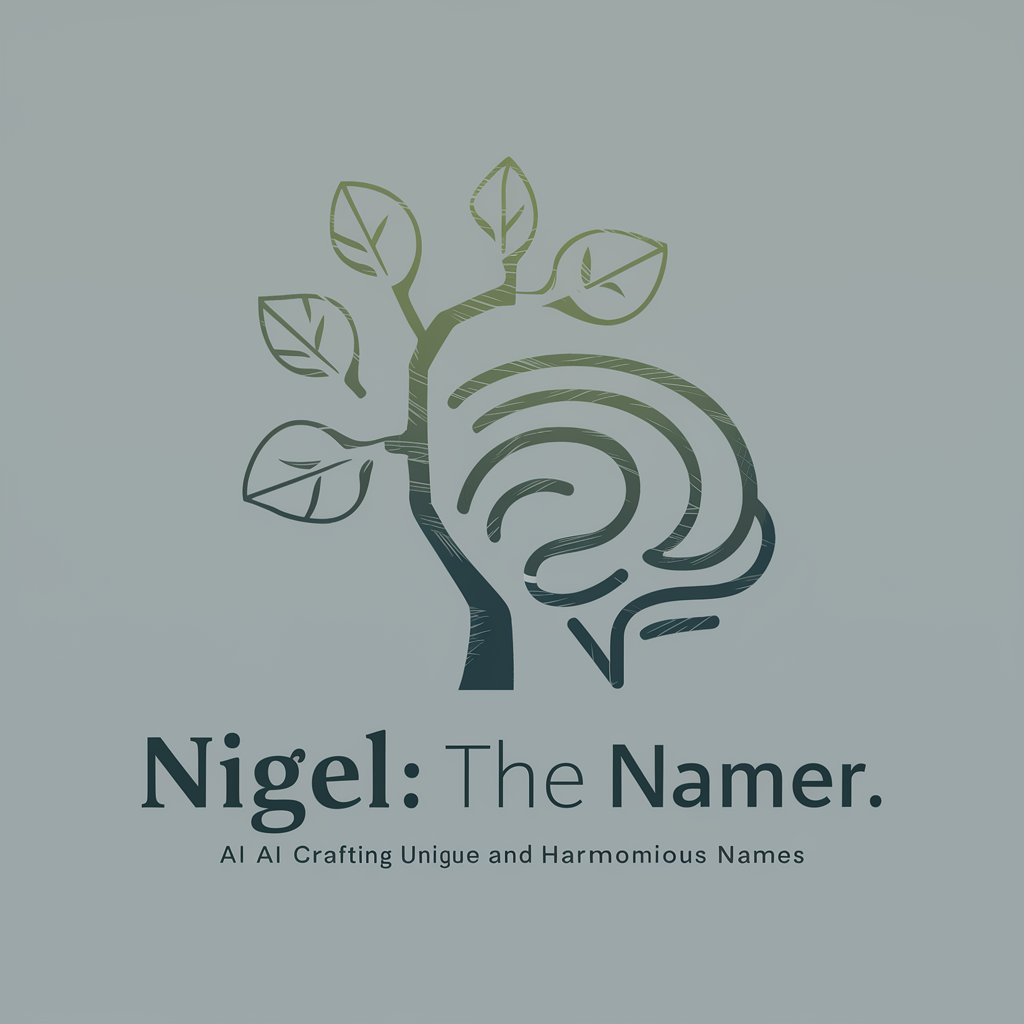
FinTech Data Sage
Empowering FinTech Exploration with AI

! CommuCoach !
Empowering Communication with AI

CYBERPUNK 🔴
Immerse in AI-Driven Cyberpunk Tales

Medi Interpreter
Demystifying Blood Tests with AI

Dungeon Masters Guide
Empowering Dungeon Masters with AI
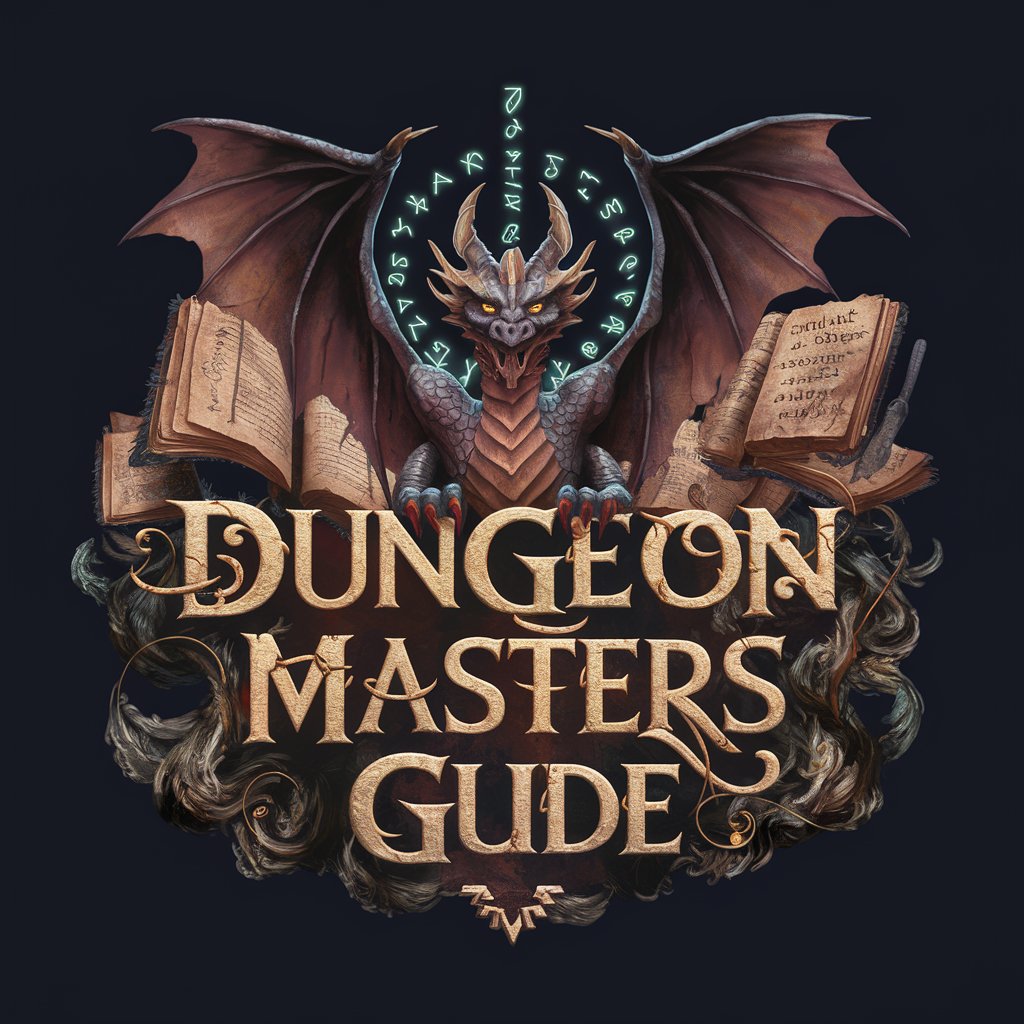
Loyalty Program Bot
Empowering loyalty with AI

DSP - Formal
Unlock Insights with AI-Powered Dialogue
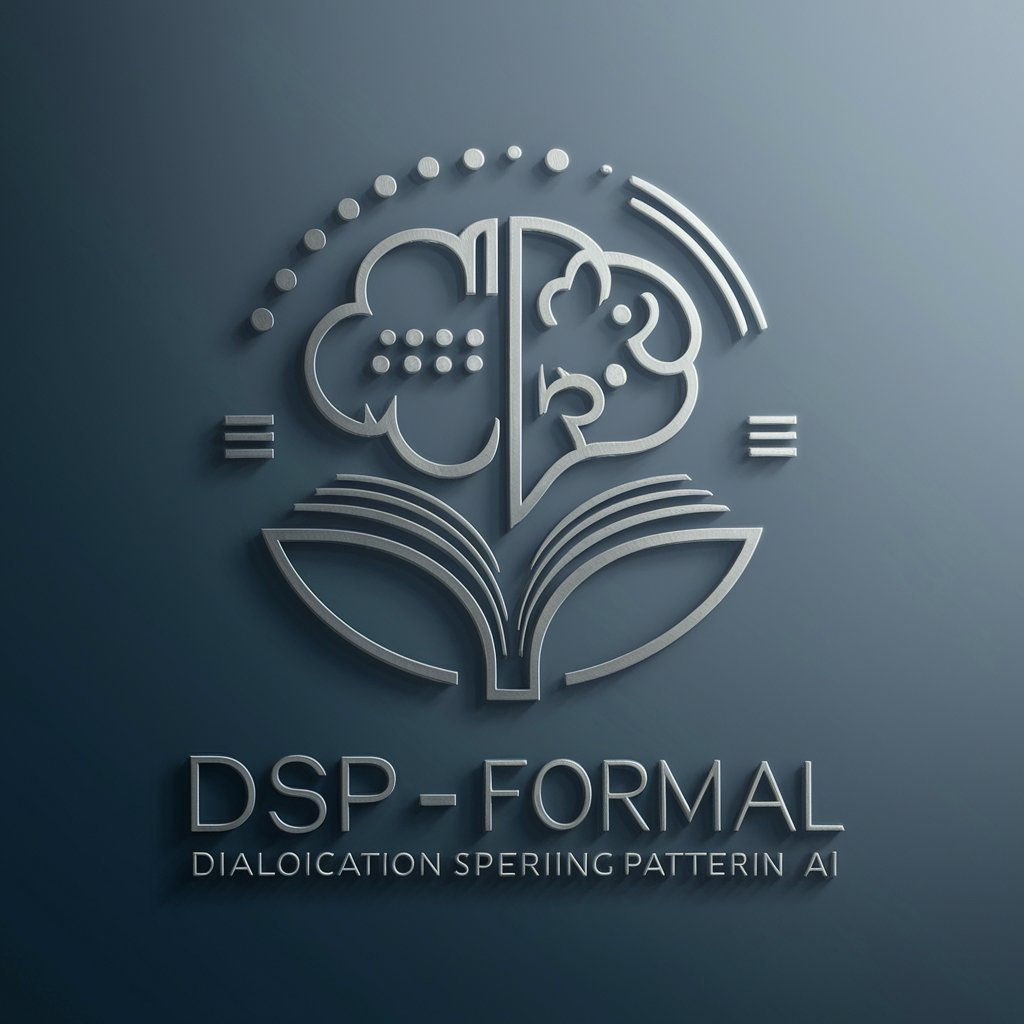
Script Genius
Elevate Your Scripts with AI
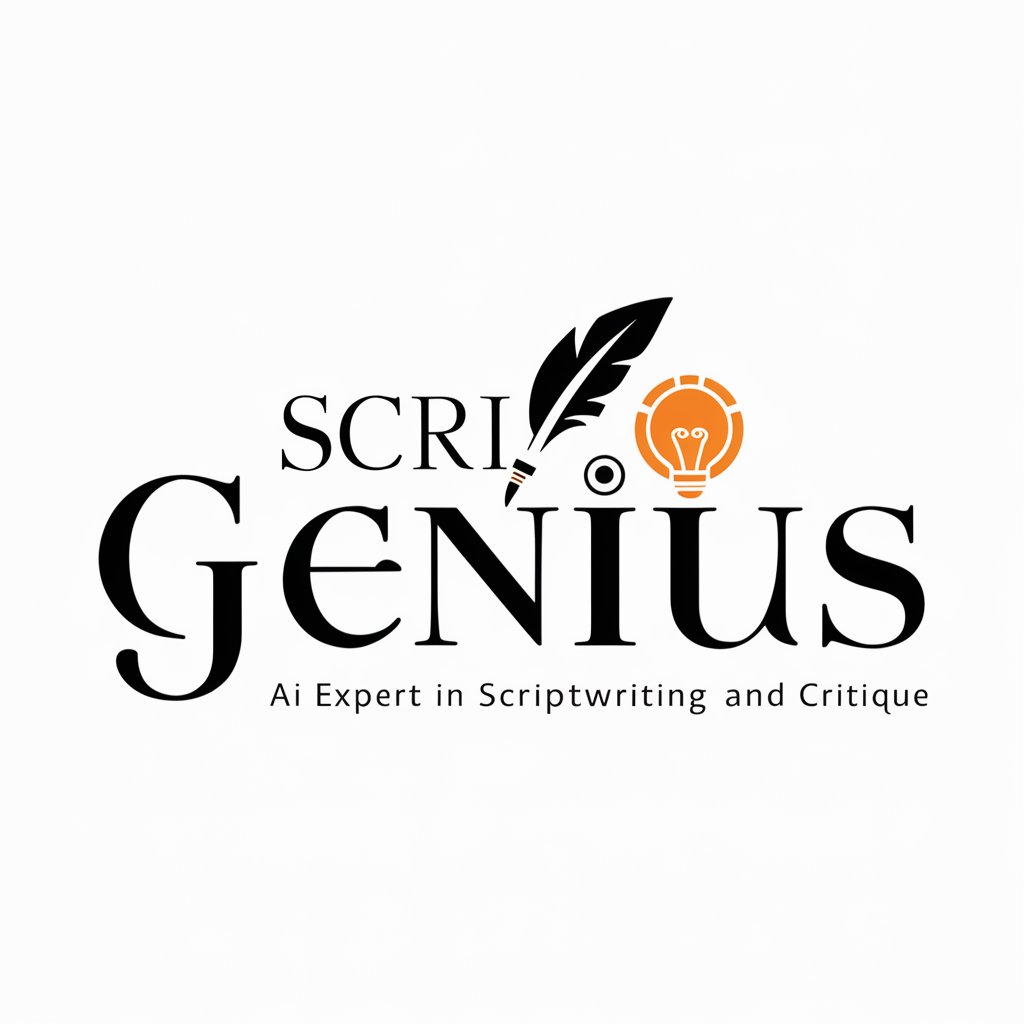
Frequently Asked Questions about PósEngenhariaAeroespacialBR
What is PósEngenhariaAeroespacialBR?
PósEngenhariaAeroespacialBR is an AI-powered tool designed to provide detailed information and analysis on postgraduate theses and dissertations in aerospace engineering in Brazil, utilizing data from the 'Catalog of Theses and Dissertations - Brazil' by CAPES.
How can I find dissertations on a specific aerospace topic?
To find dissertations on a specific topic, enter relevant keywords or phrases related to your area of interest. The tool uses semantic search capabilities to fetch and display related academic works from its database.
Can PósEngenhariaAeroespacialBR generate graphs?
Yes, PósEngenhariaAeroespacialBR can generate various types of graphs, such as line graphs displaying the number of theses or dissertations produced over time, utilizing distinct color lines to represent different data points for clear visualization.
Is it possible to export data for offline use?
Absolutely, PósEngenhariaAeroespacialBR allows users to export the generated data into spreadsheet formats. This feature is particularly useful for researchers and students who need to perform offline analysis or include the data in their academic papers.
How does PósEngenhariaAeroespacialBR handle data in English?
While the primary language of the database is Portuguese, PósEngenhariaAeroespacialBR can process and provide information in English for fields such as abstracts and keywords, making it accessible for non-Portuguese speaking users interested in Brazilian aerospace engineering research.





